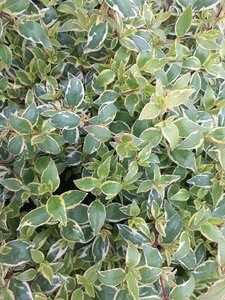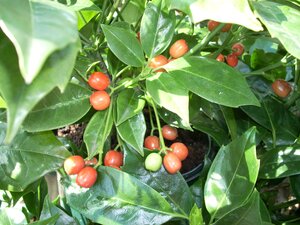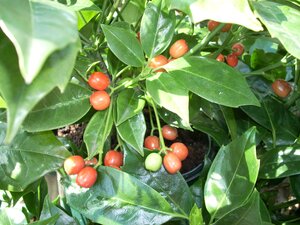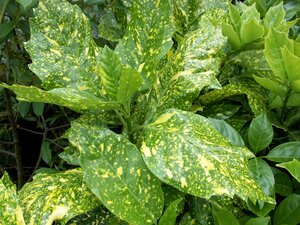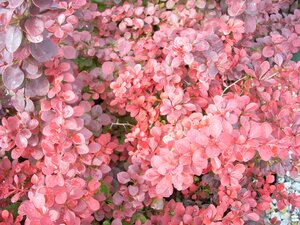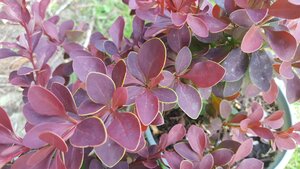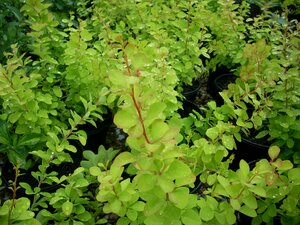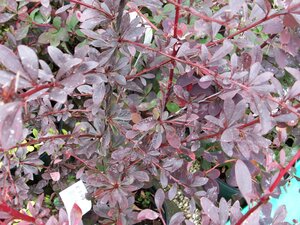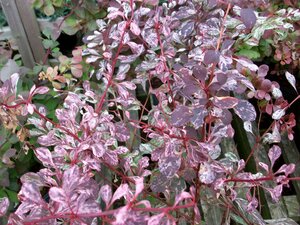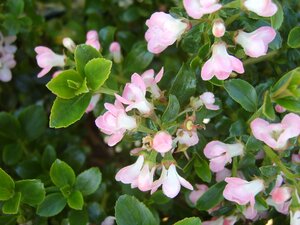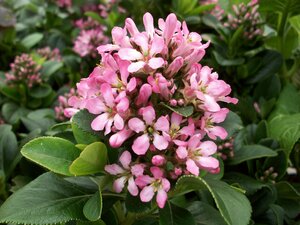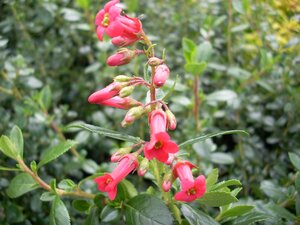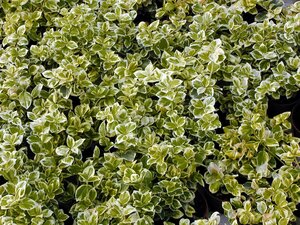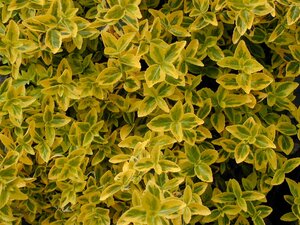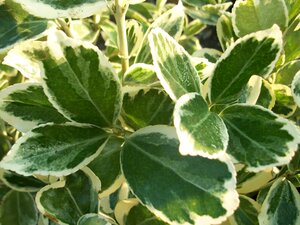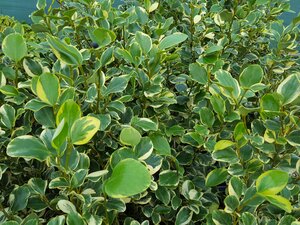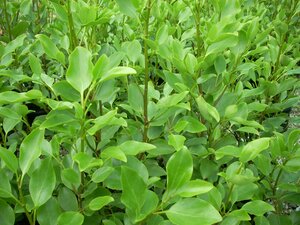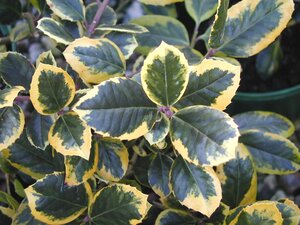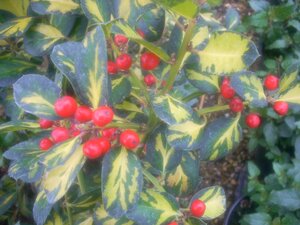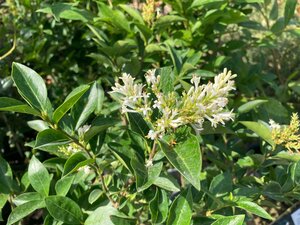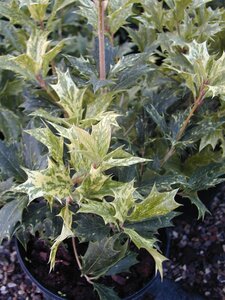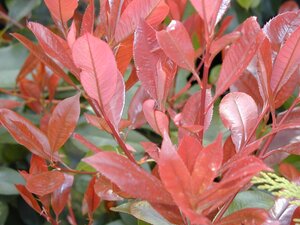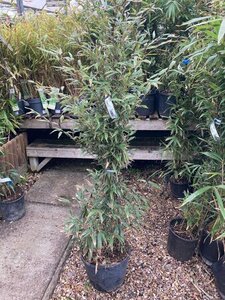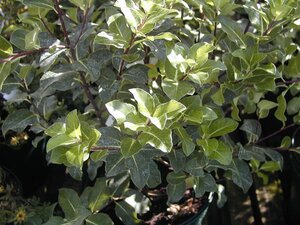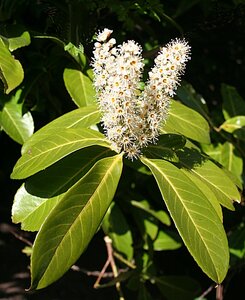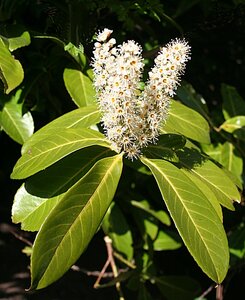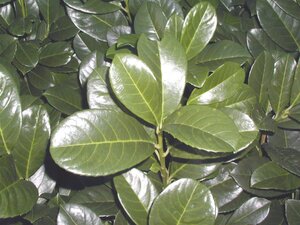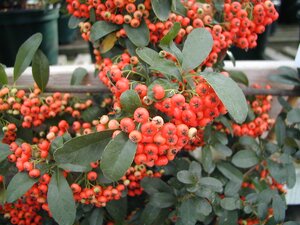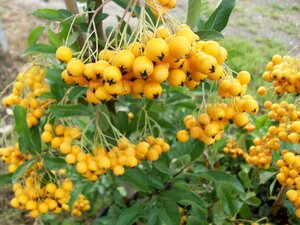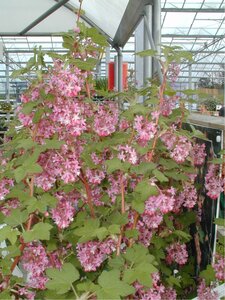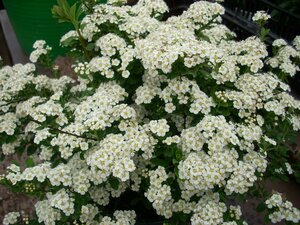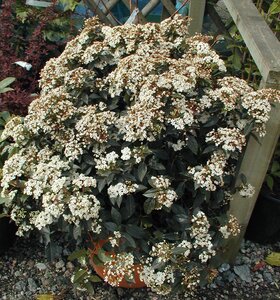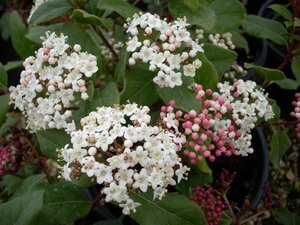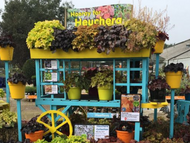Hedging Plants
Hedging plants can form an attractive boundary to your garden and are a great alternative to the more expensive fence panel. They are easy to plant and will establish quickly into a structure, they can also be great for wildlife and nesting birds. Our webshop has only a small selection of the hedging plants that we grow. For our full range and many alternative hedging plants, please visit your local branch of Thompson's.
Filter products
Why choose hedging plants over fencing?
Hedging plants offer a beautiful and natural alternative to traditional fencing, making them an ideal choice for garden boundaries. Unlike fence panels, which can be expensive and require regular maintenance, hedging plants provide a cost-effective solution that enhances the aesthetic appeal of your outdoor space. They are easy to plant, quickly establishing themselves into a robust and long-lasting structure that only improves with time. Additionally, hedging plants contribute to the local ecosystem by providing a habitat for wildlife, including birds, insects, and small mammals. Birds, in particular, may find these plants ideal for nesting, adding a touch of natural charm to your garden. For those seeking an eco-friendly and visually pleasing boundary, hedging plants are an excellent option.
Hedging plants for privacy
- Leylandii is a popular choice for those who need quick results, as it can grow up to 3 feet per year, creating an effective privacy screen in a short period.
- Another excellent option is Yew (Taxus baccata), known for its dense, evergreen foliage that remains lush throughout the year, providing both privacy and a classic, elegant look to your garden.
- Laurel (Prunus laurocerasus) is also favored for its thick, glossy leaves that form an impenetrable barrier, perfect for those seeking both privacy and a low-maintenance plant.
These plants not only shield your garden from prying eyes but also add a touch of greenery that can soften the overall look of your space.
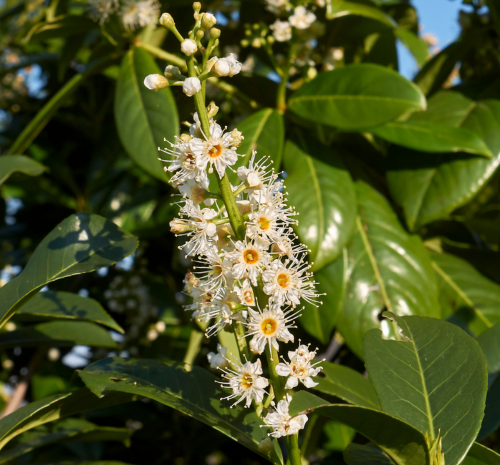
Flowering Hedging Plants
- Ribes (Flowering Currant)
Ribes is a vibrant, early-spring bloomer with pink, red, or white flowers that attract pollinators. It's low-maintenance and thrives in various conditions, making it perfect for informal, wildlife-friendly hedges.
- Spiraea nipponica (Nippon Spirea)
Spiraea nipponica produces dense clusters of white flowers in late spring, with arching branches that add elegance to any hedge. It’s easy to grow, drought-tolerant, and ideal for both formal and informal hedges.
- Escallonia
Escallonia is a fast-growing, evergreen shrub with summer blooms in pink, red, or white. It provides year-round interest and is great for coastal gardens, making it an excellent choice for a colorful, dense hedge.
Why not add these to your garden?
Buy Hedging Plants from Thompson's
Hedging plants offer a versatile and attractive solution for defining your garden space. Whether you need privacy, a green backdrop, or protection from the wind, there is a hedging plant to suit your needs. They are easy to plant, quickly establishing into a lasting structure that benefits both your garden and the local wildlife. While our webshop offers a small selection of these plants, for a more comprehensive range, be sure to visit your local branch of Thompson's, where you'll find many alternative options to meet your specific requirements.
Need Help With Your Planting?
Whether you're planting your Aucuba japonica Rozannie, Photinia x fraseri Red Robin or Viburnum tinus Eve Price, by following a few simple steps, you'll be giving your plants the best possible start to life in your garden.
-
Dig the hole a little deeper than the size of the container and twice as wide.
-
Loosen the soil in the hole so that it is crumbly.
-
Mix a small amount of good-quality multipurpose compost into the hole.
-
Remove the plant from the pot and gently tease out a few of the roots.
-
Place your plant in the hole making sure you don't bury the stem.
-
Refill the hole with a mixture of soil and multipurpose compost.
-
Firm the soil around the plant, making sure you don't press down on the root ball.
-
Water well, and keep well watered in the first season whilst it establishes itself.
If you need any other assistance with your garden plants, then please get in touch. Our experts are always on hand to answer your questions. Mail us at [email protected].

